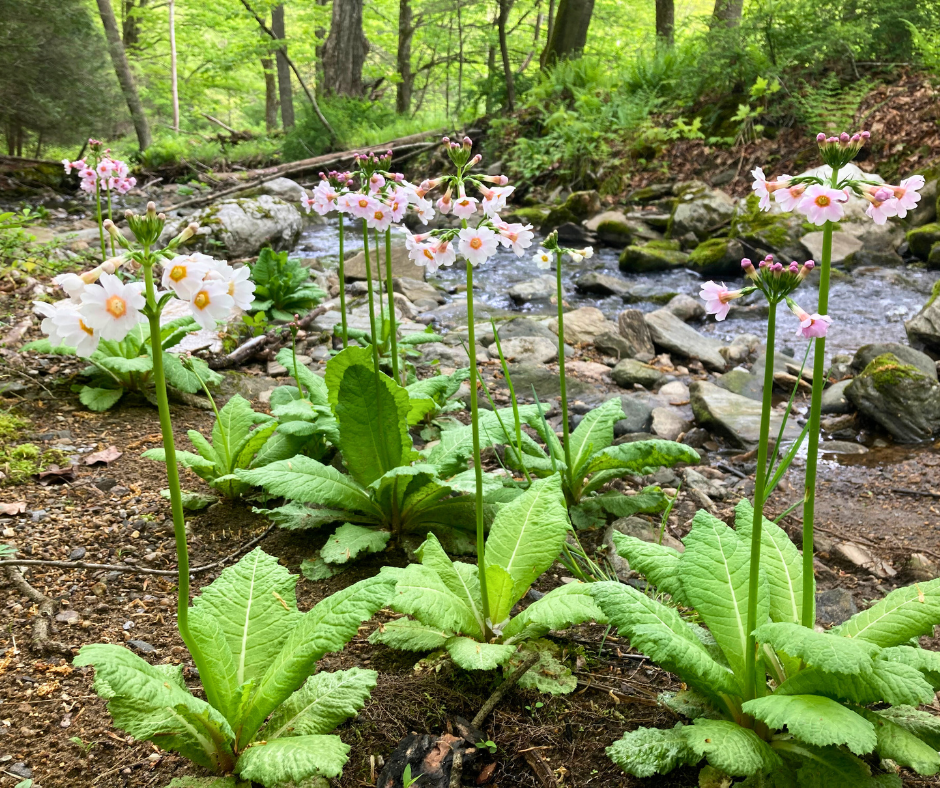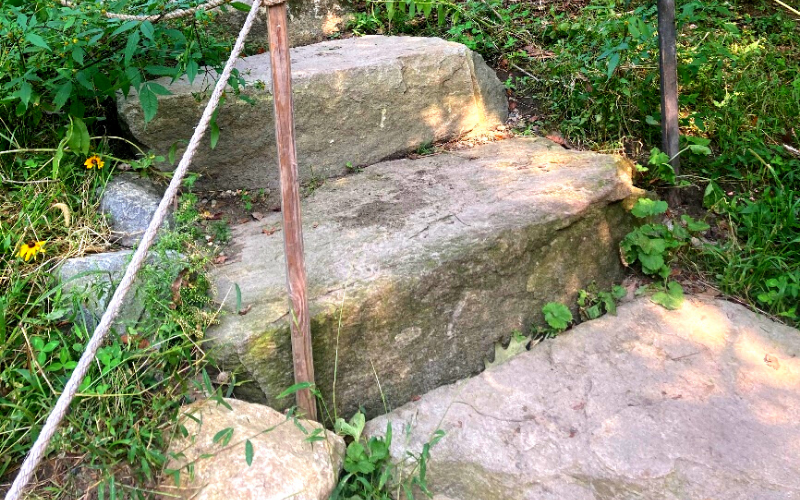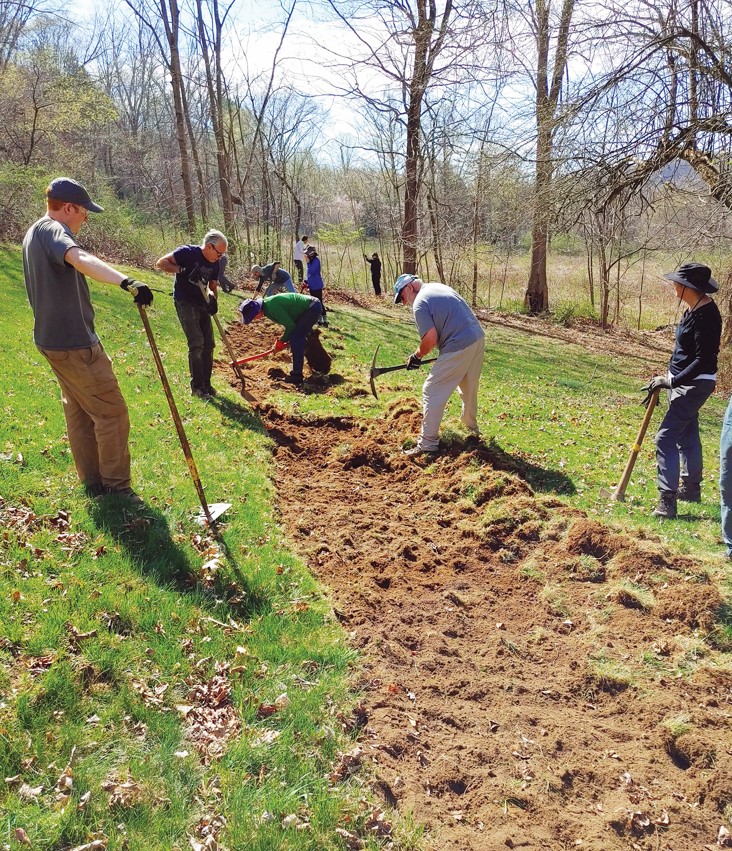Newsletter Subscription
Latest News
Invasive Plant Management Update

A New Ornamental on the Loose
Invasive plants are one of the most significant threats to natural communities within Steep Rock’s preserves. By outcompeting native species for resources altering soil properties in their favor, and having few, if any, natural enemies, invasives degrade the overall health of entire ecosystems. They are a daunting conservation dilemma given their pervasiveness and difficulty to remove.
In 2022, SRA created an Invasive Species Management Plan identifying the most consequential species, their locations, and management actions with the greatest conservation impact. Since the plan’s adoption, two stands of Japanese barberry have been eradicated and we’ve made significant gains controlling reed canary grass and phragmites infesting rare wetlands. These species are widespread in our preserves–barberry pricks and serves as an ideal harborage for ticks, reed canary grass slices, and phragmites simply becomes an impenetrable jungle. Recently, an exquisite flower has come to attention and jumped the ranks in priority management actions.
Japanese primrose is eye-catching, with rotund leaves, tall stems, and showy blooms, especially when densely grouped and in full expression at the end of May. The showstopper features and clumping habits that make this Japanese plant prized as a garden ornamental but is obviously out of place in a natural New England setting. Unfortunately, primrose has been found throughout two incredibly valuable cold-water streams feeding the Shepaug River, with approximately 700 plants blanketing pockets of exposed streambed in one of those watercourses. Although this species won’t be found on most official invasive plant lists, it clearly has tendencies which warrant control.
Applying our management plan, the newly established primrose stands scored highly in all heavily weighted criteria, prompting immediate action to prevent further spread of water-transported seed and rid this garden escapee from sensitive riparian habitat. SRA staff and conservation interns carefully hand-pulled all plants from one stream in 2023 and will focus on the other stream in 2024, monitoring our success, performing subsequent work, and building knowledge on this new invader along the way.
Combatting invasive plants requires tremendous effort, and we sincerely thank all our supporters, visitors, neighbors, fellow community members, and government officials for helping us conserve nature and native species. Whether financing stewardship, volunteering for projects, reporting sightings, creating plans and policies, or being conscious of vegetation on your own private property, you are having an impact, and together, we are making a difference for the sake of our woods, waters, wetlands, and all the wild inhabitants that rightfully call Washington home.

Related Events




